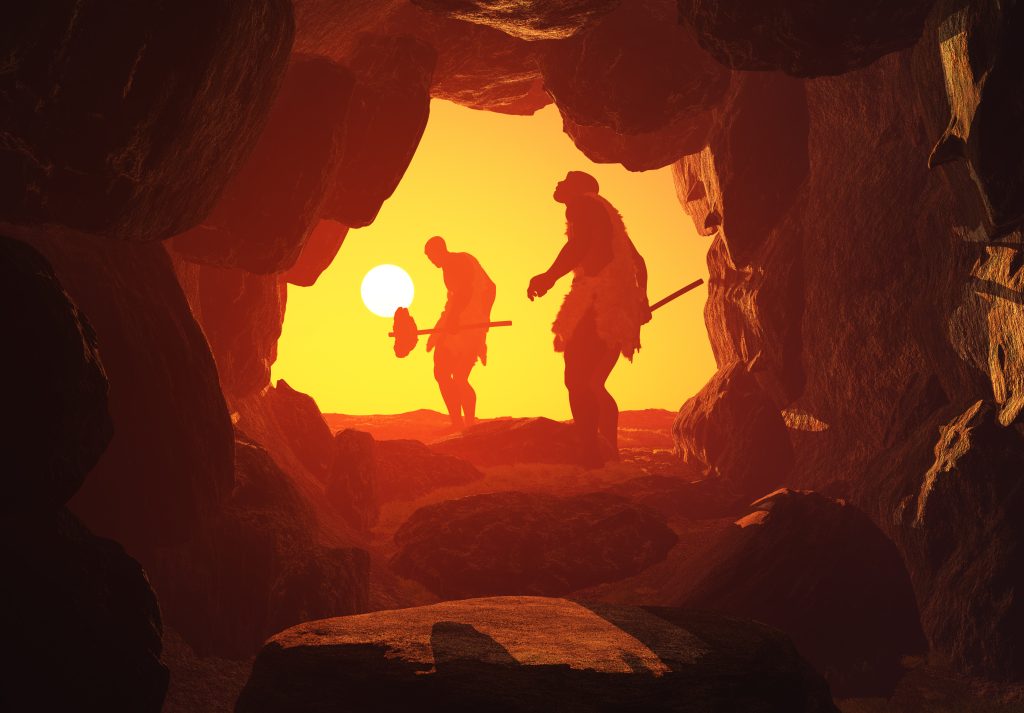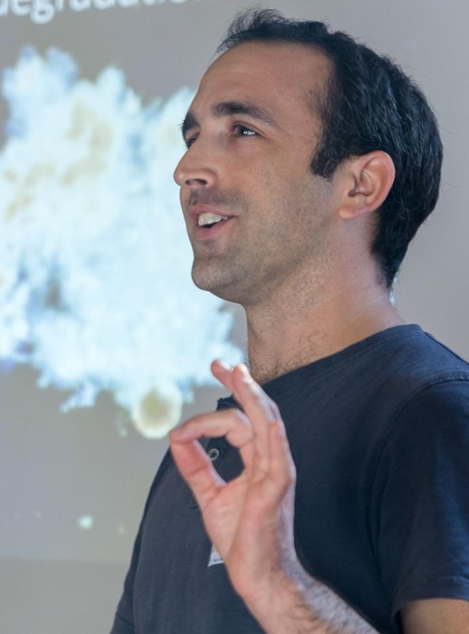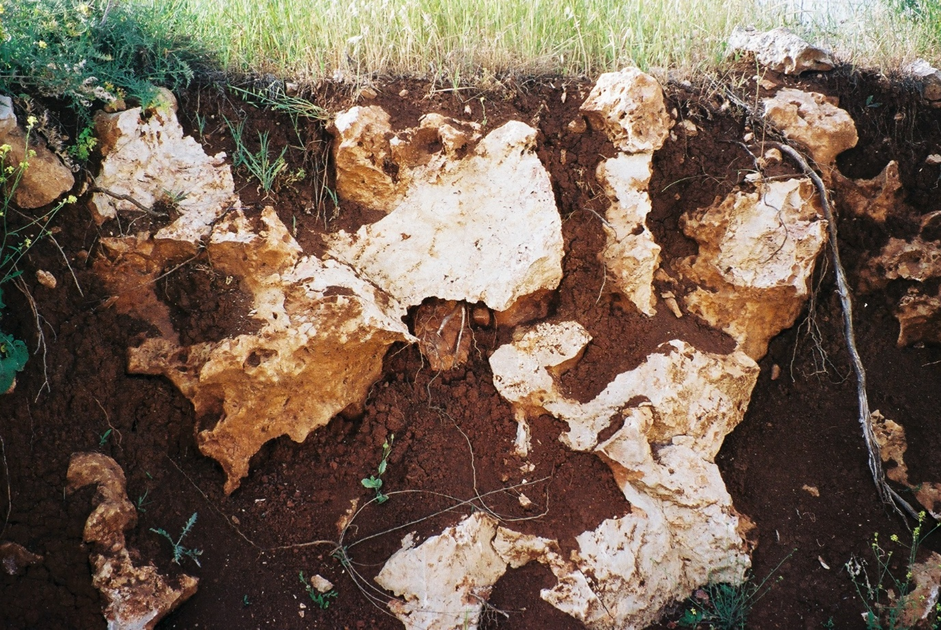
January 13, 2025 – A new study published in PLOS ONE explored the decision-making processes of early hominins between 1.6 and 1.0 million years ago in the Ethiopian highlands. The international research project, spearheaded by Prof. Erella Hovers and Dr. Tegenu Gossa from the Institute of Archaeology at the Hebrew University of Jerusalem and led by Dr. Eduardo Paixão from the University of Algarve, examined how early humans selected and used various types of rocks as percussive tools. The findings shed light on the cognitive and adaptive abilities of early toolmakers and their interactions with natural resources.
The research focuses on the archaeological site of Melka Wakena in the Ethiopian highlands, one of the earliest known sites of human occupation in high altitudes. Evidence suggests that early hominins made strategic choices based on factors such as rock suitability, durability, and efficiency. Melka Wakena’s unique high-altitude setting offers valuable insights into how early humans adapted to challenging environments. Using advanced digital imaging techniques, including 3D scanning and photogrammetry, the research team produced highly detailed models that show the effect of use on the stone tools. These models enabled precise analysis of wear patterns and surface alterations, revealing that raw material properties significantly impacted these alterations, even under identical usage conditions. The findings suggest that early hominins carefully evaluated material properties when crafting tools, demonstrating a remarkable degree of technological foresight and adaptability.
Prof. Erella Hovers commented, “Our findings suggest that early humans were not just randomly picking up stones. They were making complex decisions about which materials would best suit their foreseeable needs, showing a high level of planning ahead and cognitive sophistication.”
The Melka Wakena site, currently being excavated by Prof. Hovers and Dr. Gossa, serves as a vital window into early Acheulian tool-making practices. The experiments were conducted in collaboration with the Laboratory for Traceology and Controlled Experiments (TraCEr) at Monrepos, Germany, and the Interdisciplinary Center for Archaeology and Evolution of Human Behavior (ICArEHB) at the University of Algarve. These interdisciplinary efforts have established a quantifiable baseline for understanding the technological decisions made by early Pleistocene hominins in Africa.
This research marks the first phase of an ambitious project aiming to deepen our understanding of early human technologies. Future studies will incorporate additional experimental and archaeological analyses to further explore the complex relationship between raw material selection and technological innovation.
By analyzing the interplay between raw material properties and tool production, the study provides valuable insights into the evolutionary origins of human ingenuity, offering a new perspective on the cognitive capabilities of our ancient ancestors.
The research paper titled “Exploring Early Acheulian Technological Decision-making: A Controlled Experimental Approach to Raw Material Selection for Percussive Artifacts in Melka Wakena, Ethiopia” is now available in PLOS ONE and can be accessed here.
Researchers:
Eduardo Paixão1,2,3, Tegenu Gossa3, 4, Walter Gneisinger2, João Marreiros2,1,5, Sören Tholen6, Ivan Calandra2,7, Erella Hovers3,8
Institutions:
1) ICArEHB – Interdisciplinary Center for Archaeology and Evolution of Human Behaviour, University of Algarve
2) Laboratory for Traceology and Controlled Experiments (TraCEr), MONREPOS –Archaeological Research Centre and Museum for Human Behavioural Evolution
3) Department of Prehistory, Institute of Archaeology, Hebrew University of Jerusalem
4) Department of History and Heritage Management, Arba Minch University
5) Institute of Ancient Studies, Department of Prehistoric and Protohistoric Archaeology, Johannes Gutenberg University
6) Tectonics and Structural Geology Working Group, Institute of Geosciences, Johannes Gutenberg University
7) Imaging Platform At LEIZA (IMPALA)
8) Institute of Human Origins, Arizona State University
Related articles
Hebrew University Celebrates Dr. Uria Alcolombri – Israel’s Sole Winner of the Frontiers Planet Prize 2025 National Champions
April 25, 2025 – AFHU joins the Hebrew University of Jerusalem in proudly congratulating Dr. Uria Alcolombri on being named one of the 19 Frontiers Planet Prize 2025 National Champions – and the only Israeli scientist to receive this honor in this year’s prestigious global competition. The
New Study Links Neolithic Agricultural Revolution to Climate-Driven Wildfires and Soil Erosion
April 22, 2025 – A study led by Prof. Amos Frumkin from the Hebrew University of Jerusalem sheds new light on one of humanity’s most significant turning points: the Neolithic Revolution. Published in the Journal of Soils and Sediments, the study presents compelling evidence that
Hebrew University Study Explores How Song Lyrics Help Israelis Cope with National Trauma
April 21, 2025 – As Israel prepares to commemorate Memorial Day under the shadow of the October 7th attacks and the ongoing national crisis, a new study from the Hebrew University of Jerusalem sheds light on how people around the world turn to music—specifically its lyrics—as a tool for



